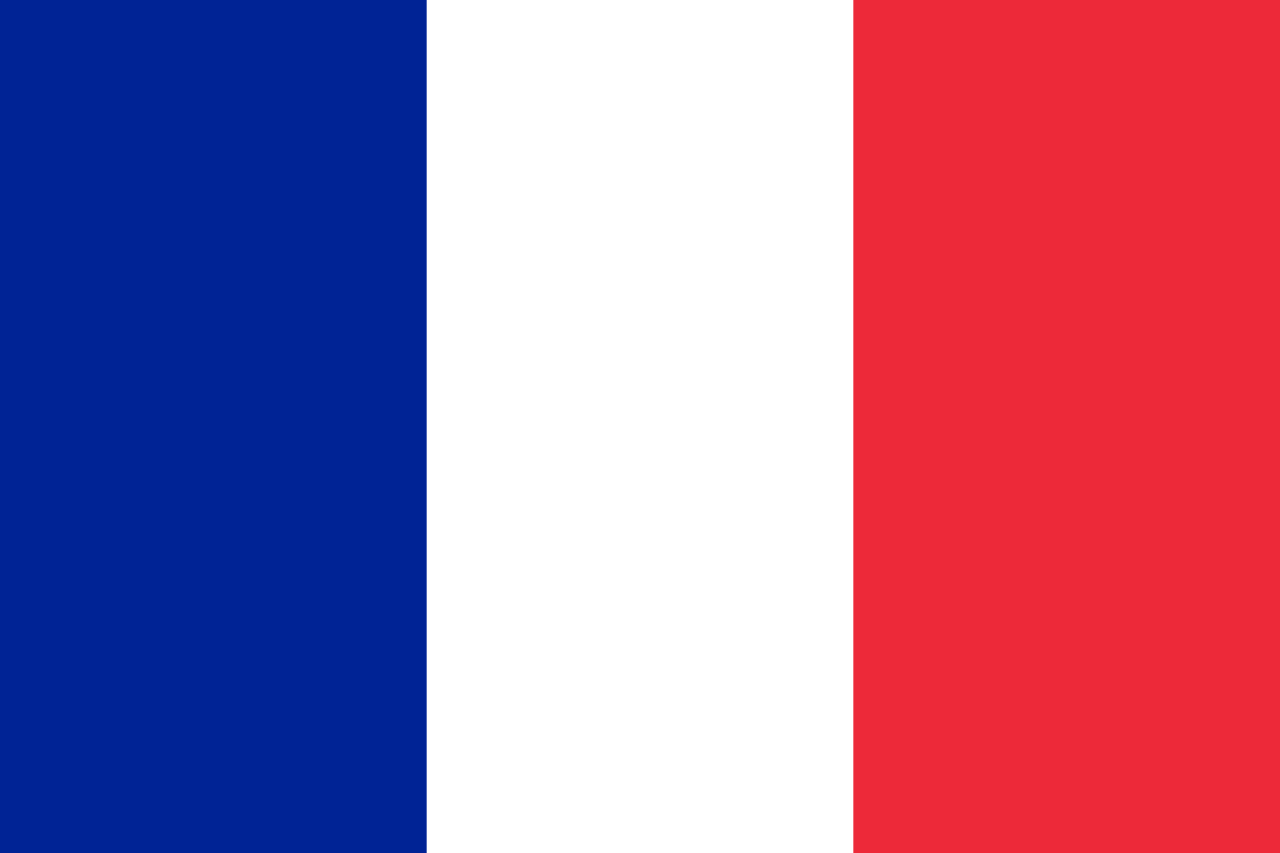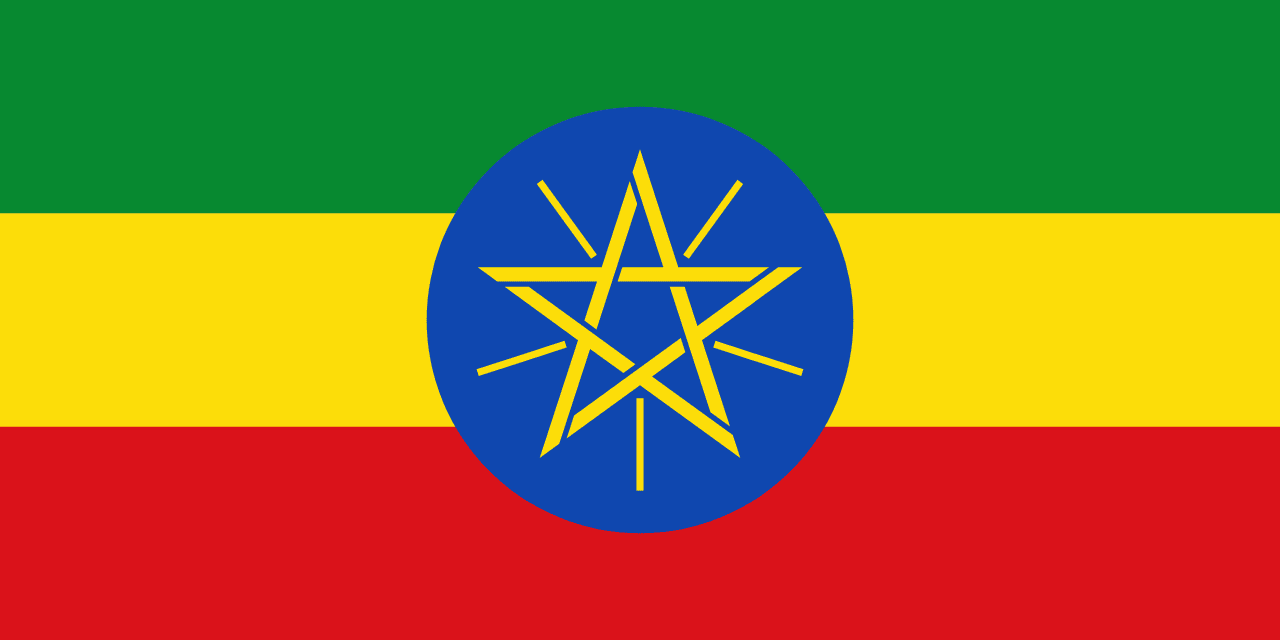La bandera de las Islas Feroe presenta un diseño llamativo con un campo blanco adornado con una cruz nórdica. La parte vertical de la cruz está desplazada hacia el mástil, creando una disposición asimétrica distintiva. La cruz en sí es roja con un borde azul grueso, destacándose vívidamente contra el fondo blanco.
Información sobre las Islas Feroe
| Día Nacional de la Bandera | Flaggdagur, 25 de abril |
| Estado soberano | No (parte del Reino de Dinamarca) |
| Nombre oficial | Islas Feroe |
| Capital | Tórshavn |
| Población | 50.000 |
| Área | 1.399 km² |
| Moneda | Corona feroesa (DKK) |
| Idioma | Feroés, danés |
| Continente | Europa |
| Región | Europa del Norte |
| Subregión | Países nórdicos |
| Fronteras | — |
| Zona horaria | Hora de Europa Occidental (WET) UTC+0 |
| Código telefónico | +298 |
| Dominio de nivel superior | .fo |
Historia de la bandera feroesa
 La bandera feroesa, conocida localmente como Merkið (La Marca), fue diseñada por Jens Oliver Lisberg y adoptada oficialmente el 25 de abril de 1940. Su creación y adopción simbolizan la identidad única de las Islas Feroe y su creciente autonomía dentro del Reino de Dinamarca. El diseño de la bandera se inspiró durante los estudios de Lisberg en Copenhague, donde buscó crear un símbolo que representara la cultura distintiva y las aspiraciones del pueblo feroés.
La bandera feroesa, conocida localmente como Merkið (La Marca), fue diseñada por Jens Oliver Lisberg y adoptada oficialmente el 25 de abril de 1940. Su creación y adopción simbolizan la identidad única de las Islas Feroe y su creciente autonomía dentro del Reino de Dinamarca. El diseño de la bandera se inspiró durante los estudios de Lisberg en Copenhague, donde buscó crear un símbolo que representara la cultura distintiva y las aspiraciones del pueblo feroés.
Curiosamente, la bandera se izó por primera vez en las Islas Feroe el 22 de junio de 1919, pero no fue reconocida oficialmente por el gobierno danés hasta el 25 de abril de 1940, durante la ocupación británica de las Islas Feroe en la Segunda Guerra Mundial. Esta fecha se celebra ahora como Flaggdagur, el día nacional de la bandera feroesa.
Simbolismo y diseño de la bandera feroesa
Cada elemento de la bandera feroesa tiene un profundo simbolismo. El campo blanco representa la claridad del cielo y las olas espumosas que chocan contra las escarpadas costas de las islas. También simboliza la pureza de las intenciones del pueblo feroés y su estrecha conexión con el mar.
La cruz nórdica roja simboliza el cristianismo, que ha sido parte integral de la cultura feroesa desde la conversión de las islas en el siglo XI. El color rojo también representa la sangre de Cristo y la calidez del pueblo feroés. El borde azul de la cruz representa el Océano Atlántico Norte, que rodea las Islas Feroe y juega un papel crucial en su historia, economía y forma de vida. El azul también se asocia con los cielos despejados sobre las islas.
El diseño desplazado de la cruz, con la parte vertical corrida hacia el mástil, es único entre las cruces nórdicas y aumenta el carácter distintivo de la bandera. Se dice que este elemento de diseño representa la posición de las Islas Feroe en la periferia del mundo nórdico, aunque sigue siendo parte integral de él.
Uso y significado de la bandera feroesa
 La bandera feroesa es un poderoso símbolo de identidad nacional y orgullo. Se exhibe de manera prominente en edificios públicos, barcos y durante eventos culturales y celebraciones en todas las islas. La bandera es particularmente visible durante Ólavsøka, la fiesta nacional feroesa celebrada el 29 de julio, que marca el aniversario de la muerte de San Olaf.
La bandera feroesa es un poderoso símbolo de identidad nacional y orgullo. Se exhibe de manera prominente en edificios públicos, barcos y durante eventos culturales y celebraciones en todas las islas. La bandera es particularmente visible durante Ólavsøka, la fiesta nacional feroesa celebrada el 29 de julio, que marca el aniversario de la muerte de San Olaf.
En contextos internacionales, la bandera feroesa representa la cultura distintiva y la autonomía parcial de las islas. Si bien las Islas Feroe son parte del Reino de Dinamarca, tienen su propio gobierno, parlamento y control sobre muchos asuntos internos. La bandera simboliza este estatus único y el fuerte sentido de identidad del pueblo feroés.
Datos interesantes sobre la bandera feroesa
- La bandera feroesa es una de las pocas banderas nacionales en el mundo que no es rectangular. Sus proporciones son 6:8, lo que le da una forma ligeramente más cuadrada en comparación con muchas otras banderas.
- El diseñador de la bandera, Jens Oliver Lisberg, murió a la temprana edad de 24 años, solo unos años después de crear la bandera. Su tumba en Fámjin, en la isla de Suðuroy, se ha convertido en un lugar de peregrinación para muchos feroeses.
- Las Islas Feroe, a pesar de su pequeña población de aproximadamente 50.000 habitantes, tienen un rico patrimonio cultural, incluido su propio idioma, el feroés, que está estrechamente relacionado con el islandés y el nórdico antiguo.
- Las islas son famosas por sus paisajes dramáticos, incluyendo acantilados escarpados, colinas ondulantes y numerosas cascadas. Estas características naturales han inspirado muchos aspectos de la cultura feroesa, incluyendo la música tradicional y la literatura.
- La bandera feroesa a veces se denomina "Merkið", que simplemente significa "El Estandarte" o "La Marca" en feroés, enfatizando su importancia como símbolo nacional.





